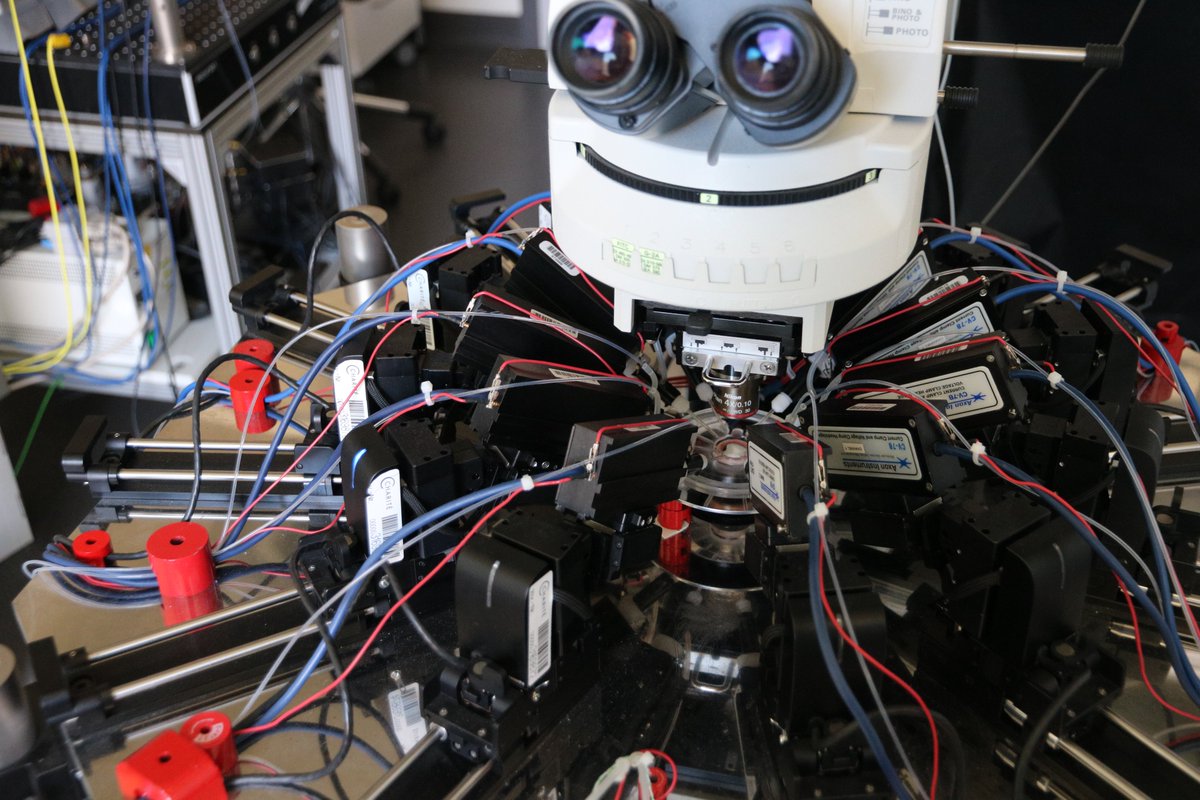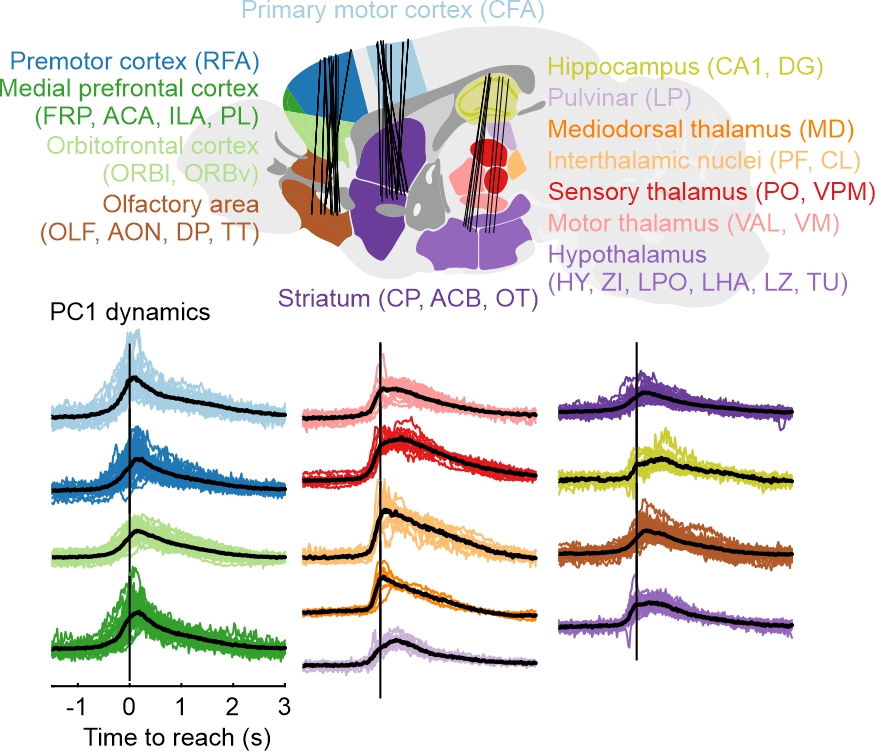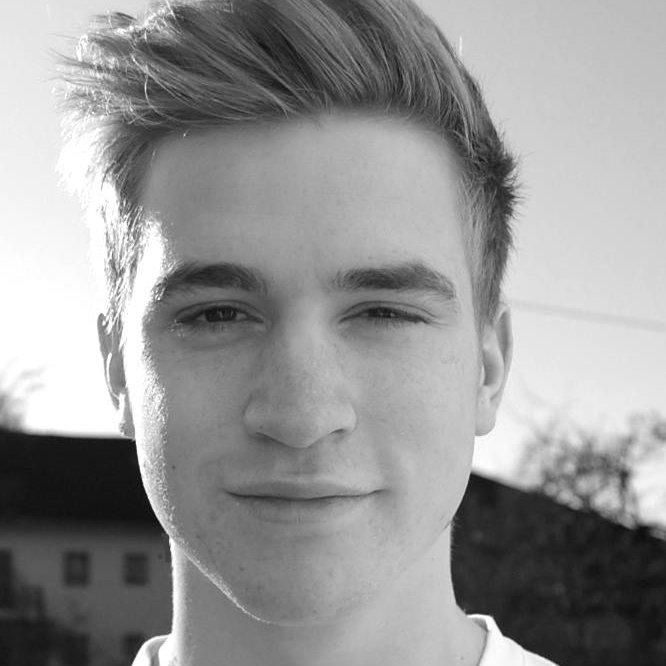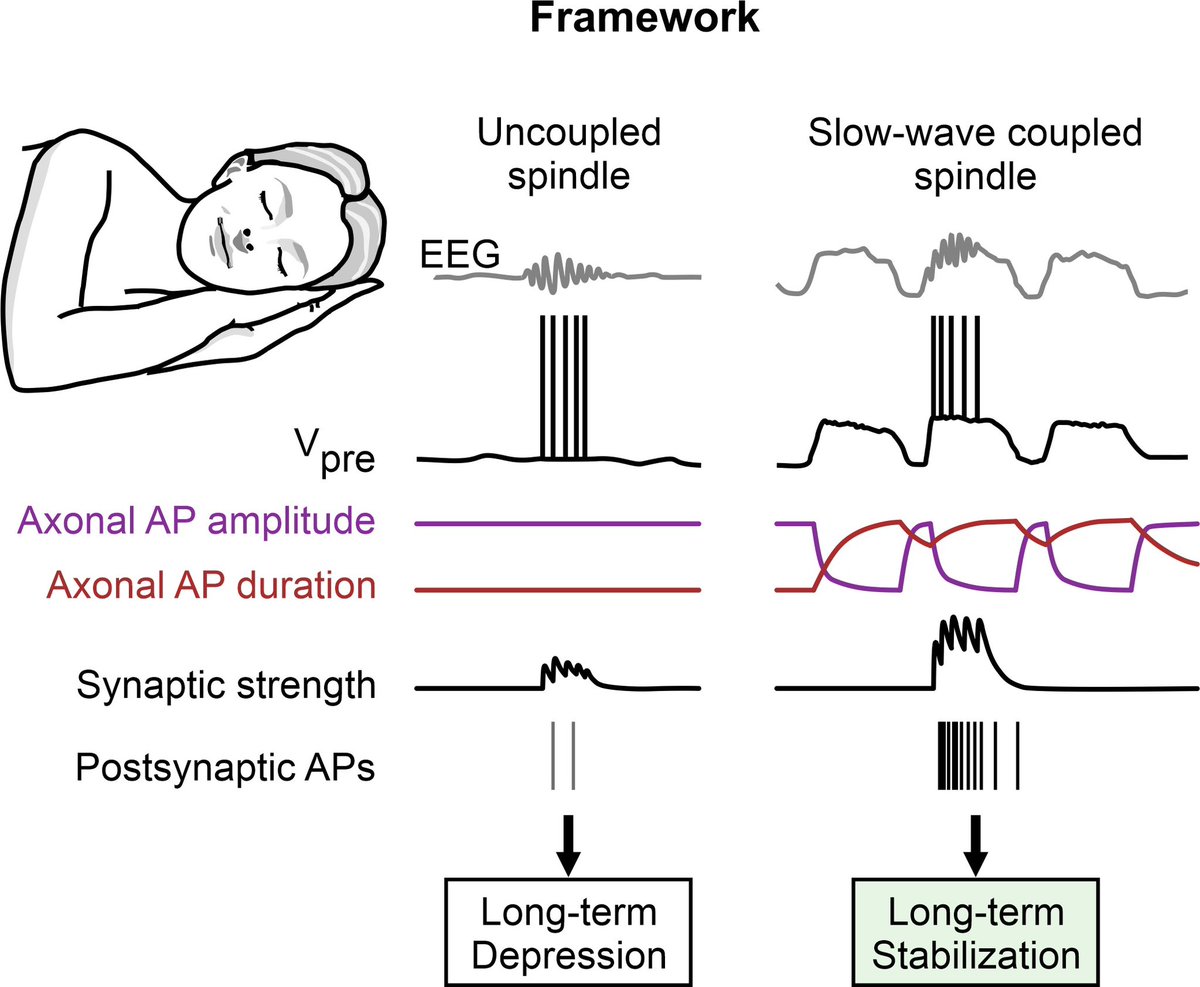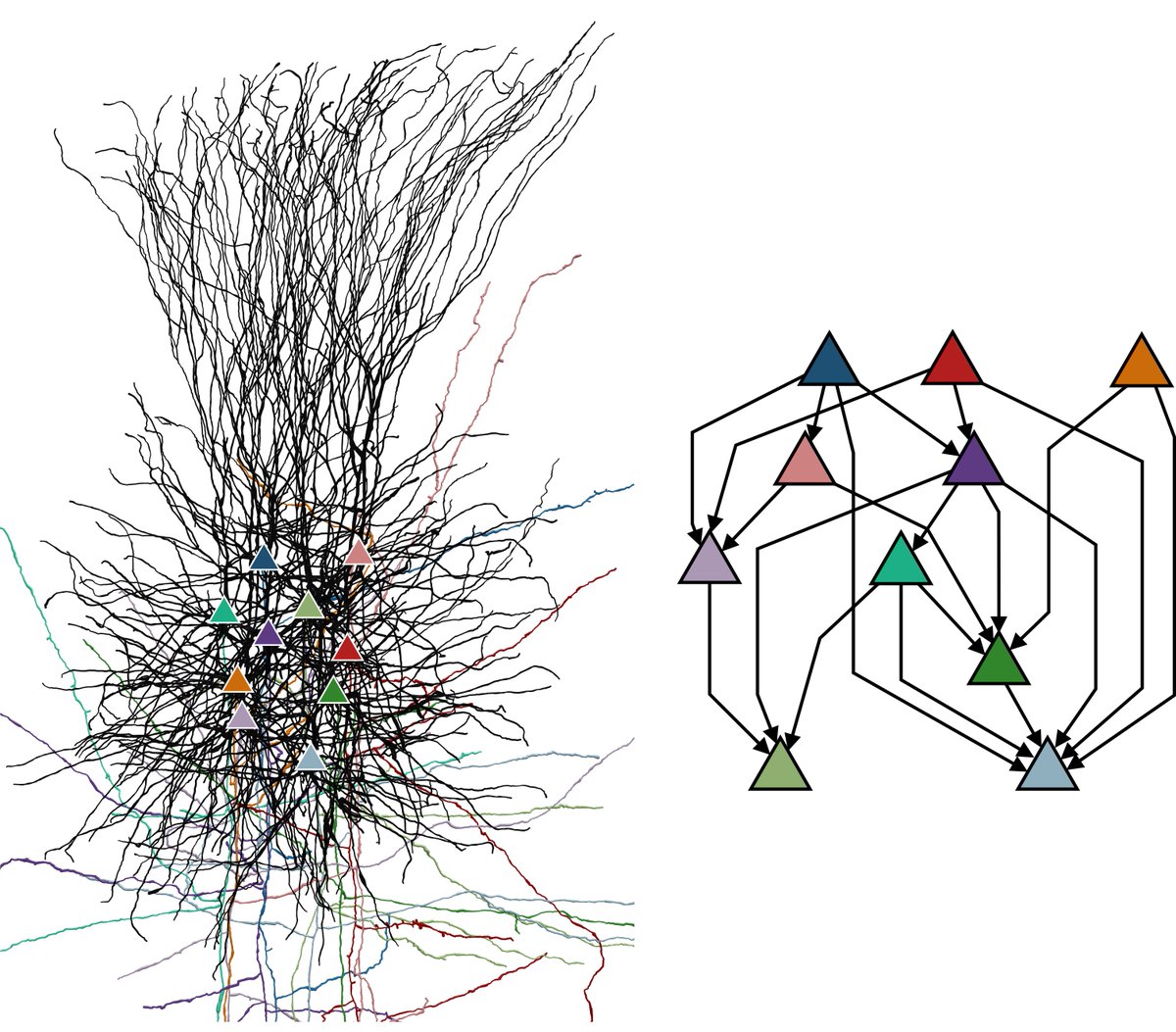
Yangfan Peng
@YangfanPeng
Followers
825
Following
680
Media
33
Statuses
294
Neuroscientist @ChariteBerlin, previously @MRCBNDU | fascinated in neuronal microcircuits and large scale population activity during movement 🧠
Berlin, Germany
Joined July 2018
🧠 Curious about how neurons are wired in the human cortex?. Our @ScienceMagazine study tested over 7,000 connections and revealed key differences from rodents:."Directed and acyclic synaptic connectivity in the human layer 2-3 cortical microcircuit". 🧵👇
8
72
215
I would like to thank everyone involved from the.@MRCBNDU and our collaborators. Special thanks to my great postdoc supervisor Andrew Sharott and his lab. I really enjoyed my time in this very supportive and inspiring scientific environment. Stay tuned for more to come.
1
0
2
RT @JilMeier: 📢OPEN PHD POSITION 📢. Looking for a PhD and interested in neuromodulation?. Then come work with me, @_PetraRitter and the @Re….
0
23
0
RT @neumann_wj: As young PI it's so exciting to see young talents excel. New @ICNeuromodulate study spearheaded by @rm_koehler out in @Brai….
0
12
0
If you want to see really awesome axon physiology in humans. Definitely check out @FMittermaier’s Poster at @FENSorg! 🔥.
Visit my poster at the FENS (Thursday-late breaking session), where we investigate cellular and synaptic mechanisms which could underly memory consolidation during slow wave sleep using multineuron patch-clamp recordings in human cortical tissue⚡️ #FENS2024
0
4
13
RT @FMittermaier: Visit my poster at the FENS (Thursday-late breaking session), where we investigate cellular and synaptic mechanisms which….
0
5
0
🎓📢 Exciting PhD opportunity in translational neuroscience! As a new group within the @Retune_CRC, we apply large-scale electrophysiology to better understand Parkinson's disease and Deep brain stimulation. See call below and catch me at FENS. Homepage:
1
35
72
RT @florin_neuro: Yet another open PostDoc/PhD position in our group. Interested in Parkinson's disease, MEG and inctracranial recordings?….
0
20
0
RT @NaN_Value: Modulating networks using DBS is an effective treatment for PD – but which circuits map to improvements in individual sympto….
0
86
0
RT @chayito09: Contrario a lo que se creía, las células nerviosas en la neocorteza humana se comunican en una dirección, mientras que en lo….
0
41
0
For more details, check out the tweeprint 😉.
🧠 Curious about how neurons are wired in the human cortex?. Our @ScienceMagazine study tested over 7,000 connections and revealed key differences from rodents:."Directed and acyclic synaptic connectivity in the human layer 2-3 cortical microcircuit". 🧵👇
0
1
6
The @ChariteBerlin science communication team has written a great press release for the lay audience. Check it out here:
1
0
6
So excited that our human multipatch study has been finally published in @ScienceMagazine 🥳. Thanks so much to the @ChariteBerlin science communication team who wrote an excellent press release!.
Überraschung in der Hirnforschung: Wie ein Team der #CharitéBerlin im @ScienceMagazine zeigt, fließen die Gedanken in der Hirnrinde des Menschen in eine Richtung, statt wie bei der Maus in Schleifen. Das ist besonders effizient – und Inspiration für #KI?
5
13
73
Special thanks to Antje Bjelde and Pau V. Aceituno for their crucial analytical contributions, and to @FMittermaier and Henrike Planert for helping with the challenging experiments. None of this would have been possible without Jörg Geiger's vision and guidance.
1
0
4
For more details, please see our paper: For a detailed characterization of the cellular and synaptic physiology, see our preprint: This was a great collaborative effort between @ChariteBerlin, @NeuroCureBerlin with @evkb and @ETH.
1
1
7
To investigate the effect of the identified microcircuit principles on network dynamics, we turned to Pau V. Aceituno and Benjamin Grewe from @ETH. In simulated neural networks, random reciprocity, acyclicity and random weight distribution increased network dimensionality.
1
0
4

